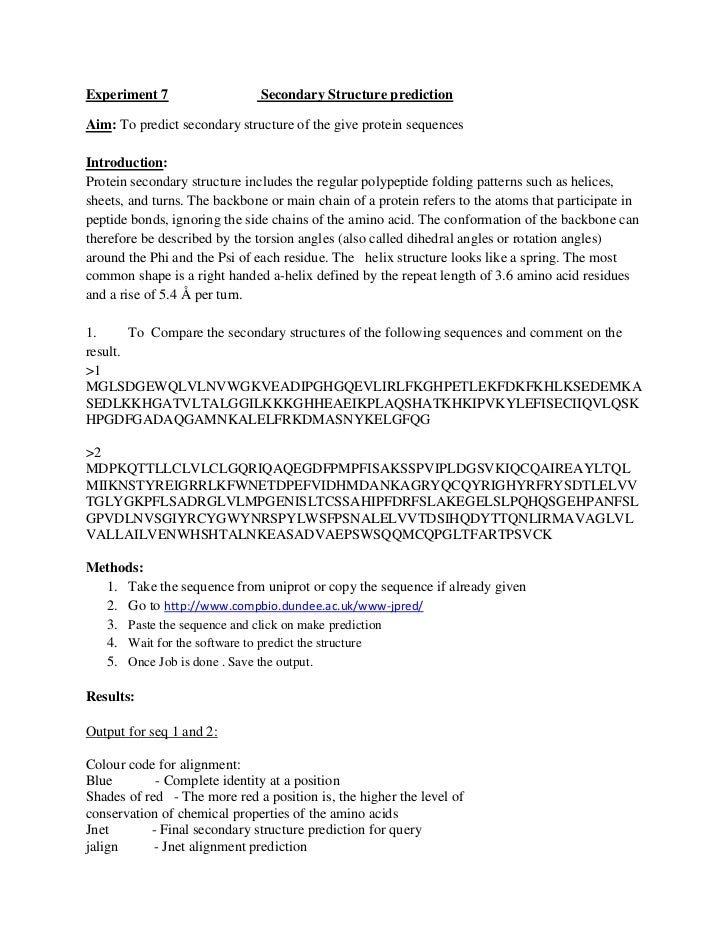For proteins of known sequence but unknown structure, SPdbV submits amino acid sequences to ExPASy to find homologous proteins, onto which a preliminary three-dimensional model may be built. The Control Panel is used to select, label, and color residues. To move only a part of the backbone not the whole backbone up to the C-terminal , first break the backbone after the last amino-acid that will move. This is done with the appropriate item of the tool menu. Double-click on the Swiss-PdbViewer icon to start the program. 
| Uploader: | Shaktirn |
| Date Added: | 9 February 2014 |
| File Size: | 38.26 Mb |
| Operating Systems: | Windows NT/2000/XP/2003/2003/7/8/10 MacOS 10/X |
| Downloads: | 5759 |
| Price: | Free* [*Free Regsitration Required] |
The graphics window and the tool buttons on it are used to ttutorial, manipulate, and measure the model. The Control Panel is used to select, label, and color residues.
Remove the current molecule the one whose groups are listed in the control panel by hitting the "Delete" key. This table provides control of multiple protein models, Use it to choose which models are visible, which can move, and determine certain display features for each model.
Double-click on the Swiss-PdbViewer icon to start the program. Another two small icons. Select the "Open" item from the "File" menu, or select one of the recently opened proteins that appear uttorial the bottom of the file menu, then the molecule will appear in the display window.
For a larger image, simply enlarge the Display Window Size before exporting the image.
Introduction to SPdbV, manipulation and display of a single subunit proteins with bound substrate
Click the globe icon to switch to little protein icon. Click the paper icon to see the PDB file. This is done with the appropriate item of the tool menu.
This is done spdbc selecting in each layer the groups that will appear in a new layer, and then use the "Create Merged Layer" item of the Edit Menu.
SPDBV Exercise Part I
To move only a part of the backbone not the whole backbone up to the C-terminalfirst break the backbone after the last amino-acid that will move. This file contains the exact configuration present at the time the program exits.
Select and Display the model.
To move the N-terminal instead, click on the 'C' for its changing into a 'N'. A default preferences file is created or altered each time the program exits. The Ramachandran Plot window may also be used to alter the backbone: All atoms of the current molecule the current molecule is the one whose groups are listed in the control panel, and whose name appears in the Display Window title bar are epdbv, even if they are not displayed.
Click anywhere on the startup banner to begin working. In addition to its many built in features, it is tightly linked to Swiss-Model http: The rotation around either of the f or y axis during this operation may be constrained by holding down the "9" or "0" key while moving the cross.

The "merged" molecule will appear in a new layer, which can be renamed using the "Rename Current Layer" item of the "Edit Menu". An alternative way is to consult sodbv Swiss-PdbViewer "Help" menu, which has help items for each window. For proteins of known sequence but unknown structure, SPdbV submits amino acid sequences to ExPASy to find homologous proteins, onto which a preliminary three-dimensional model may be built. Remove all molecules by choosing the "Close" item of the "File" menu.
After the protein pdb file is loaded, SPdbV opens two windows: Hence the first option allows you to ttorial the molecule around any atom, providing that this atom has previously been centered translated to the 0,0,0 coordinate.
The globe icon indicates that the rotation takes spxbv in absolute coordinates, while the protein icon indicates the rotation is around their centroid. Several different preference files may be used as "style sheets" for different modeling tasks. Molecule may be saved in the exact orientation it appears on screen by choosing the "Save PDB" item of the "File" menu.
The narrow "Align" window appears below the graphics window, showing the amino-acid sequence of the protein in one-letter abbreviations. This window could be used to judge the quality of a model, by detecting residues whose conformational angles lie outside allowed ranges.

You may accept default or change Rendering Attributes settings. Below the first tool button Window Attributesthere are two symbols, a globe or protein icon and paper icon. Click on OK ; button on any dialog that appears. Unless otherwise stated, "click" means a left mouse button click.

No comments:
Post a Comment